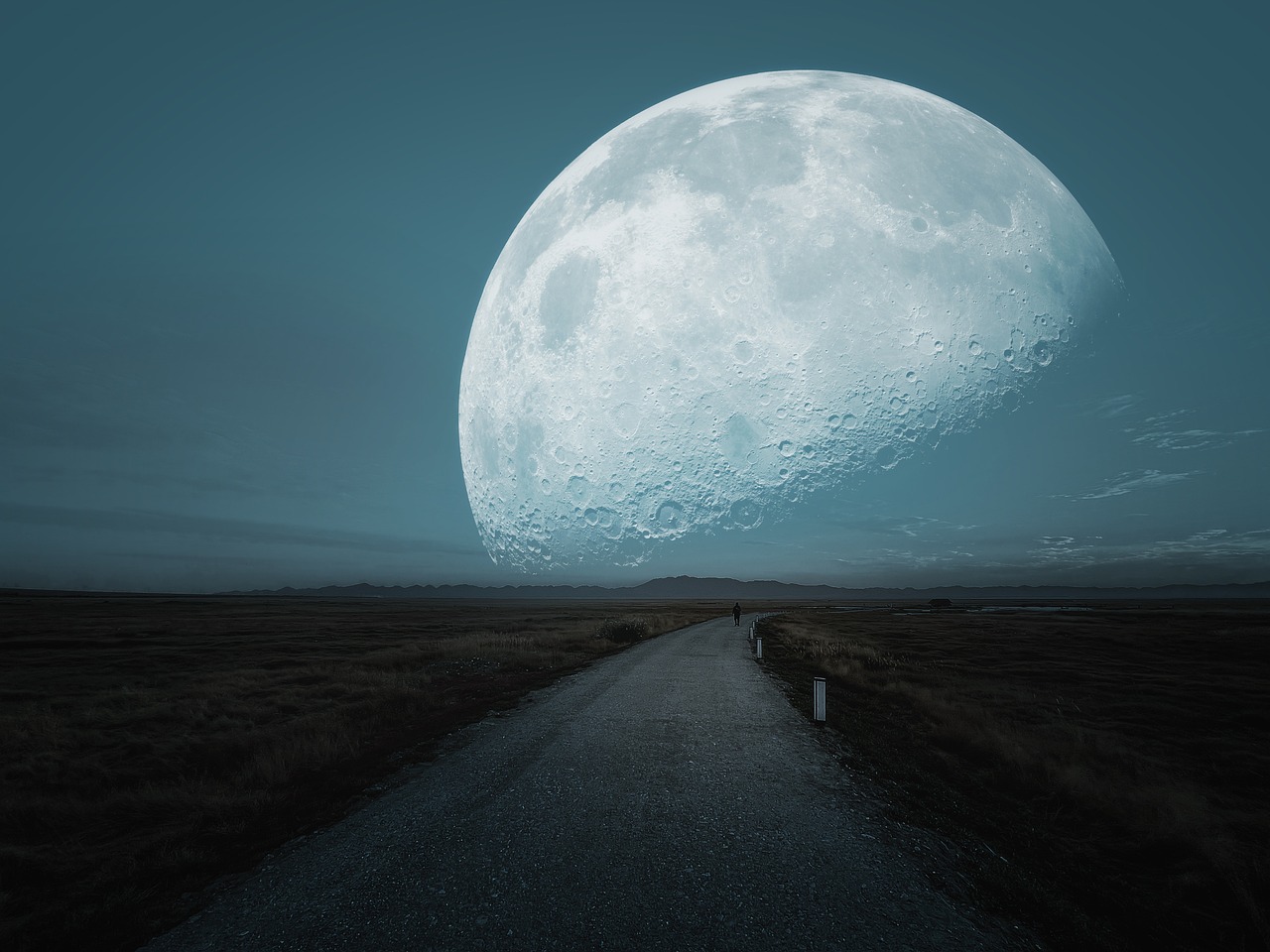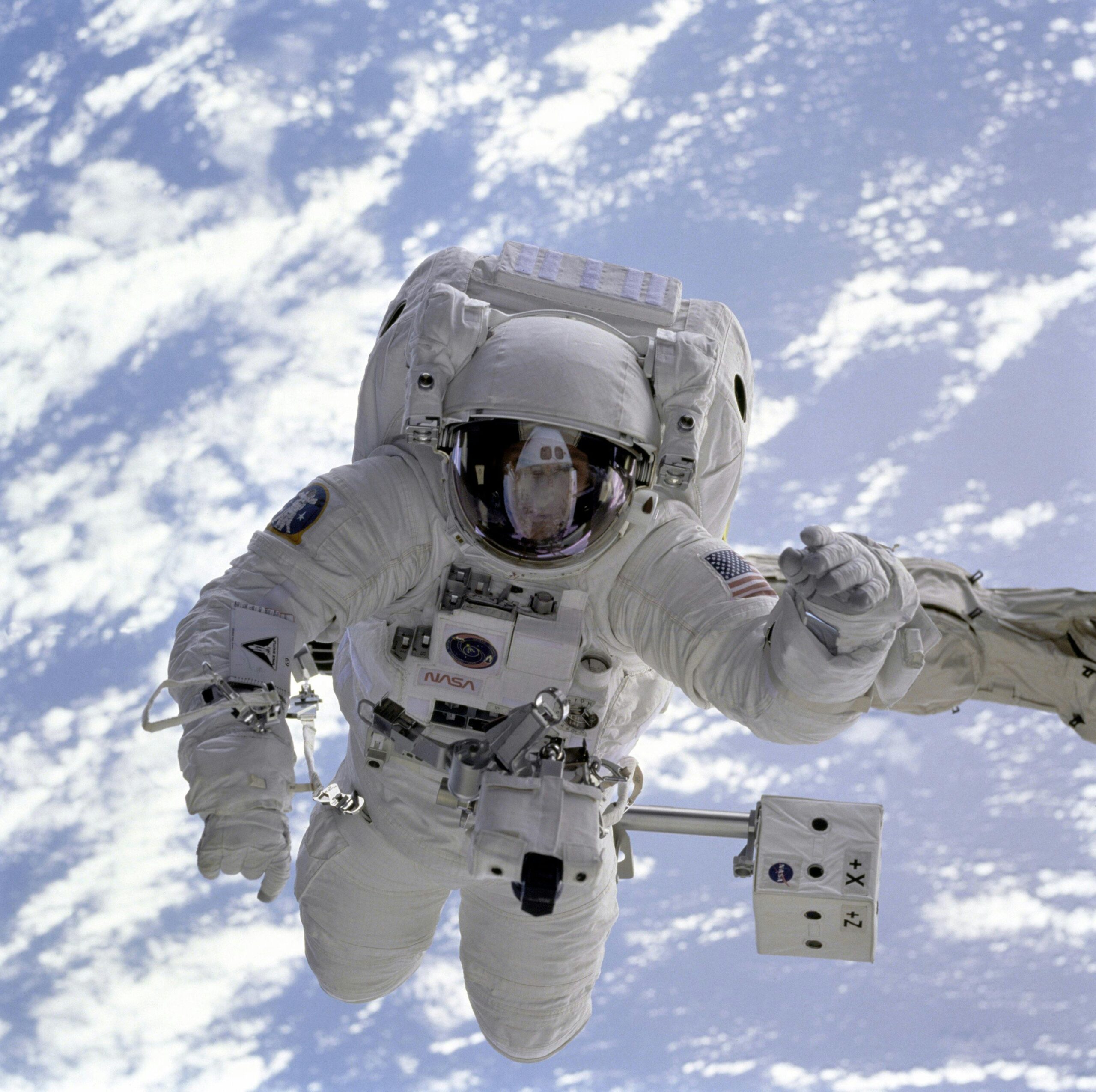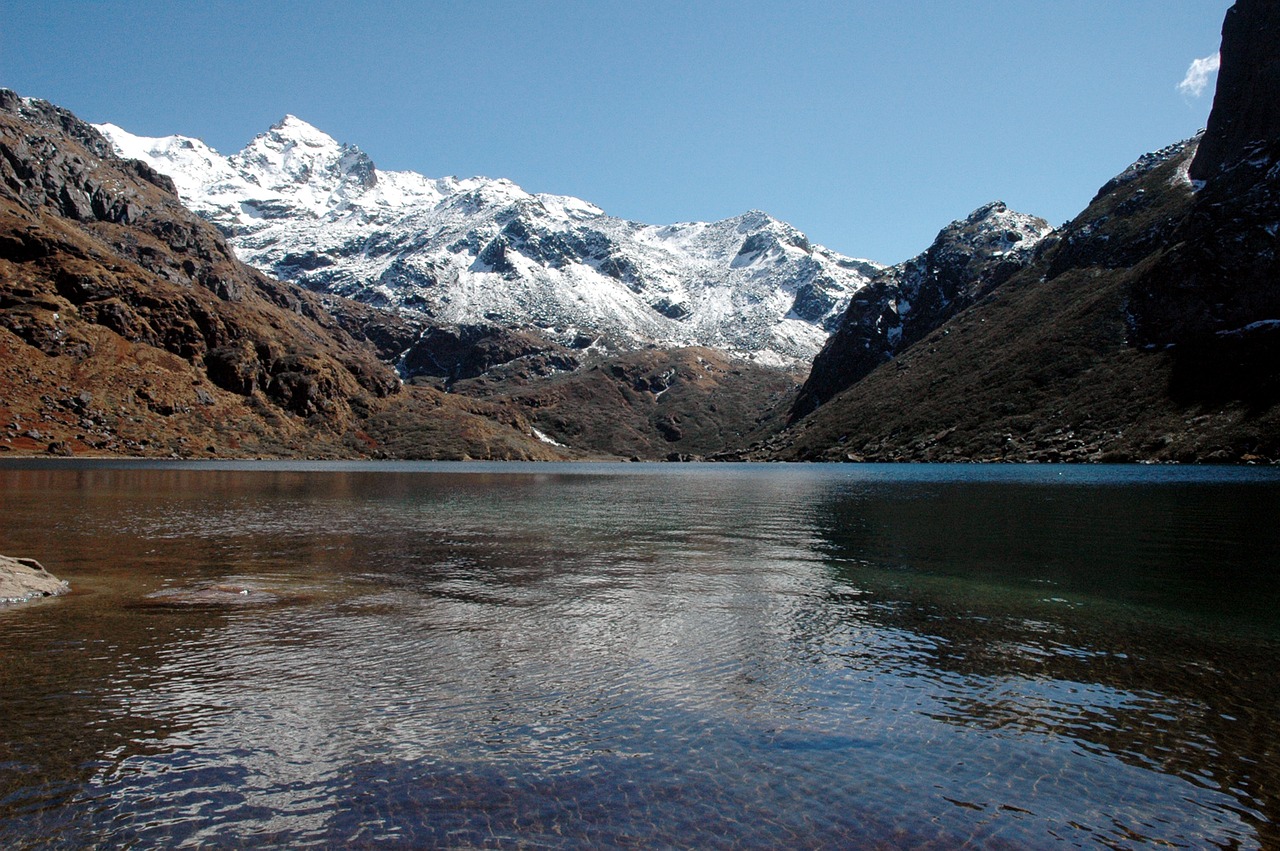Chandrayaan-3

Background:
- Chandrayaan-3 is India’s third lunar mission and second attempt at achieving a soft landing on the moon’s surface.
- The mission took off from the Satish Dhawan Space Center (SDSC) in Sriharikota on July 14, 2023, at 2:35 pm.
- It consists of an indigenous Lander module (LM), a Propulsion module (PM) and a Rover with the objective of developing and demonstrating new technologies required for Interplanetary missions.
- The lander (Vikram) and rover payloads( Pragyan) of Chandrayaan-3 remain the same as the Chandrayaan-2 mission.
- The scientific payloads on the lander aim to study various aspects of the lunar environment. These payloads include studying lunar quakes, thermal properties of the lunar surface, changes in plasma near the surface, and accurately measuring the distance between Earth and the moon.
Linkage:
- Chandrayaan-1: India’s lunar exploration missions began with Chandrayaan-1 in 2008, which aimed to create a three-dimensional atlas of the moon and conduct mineralogical mapping. Launch Vehicle: PSLV – C11. Chandrayaan-1 made significant discoveries, including the detection of water and hydroxyl on the lunar surface.
- Chandrayaan-2: Partial Success and Discoveries: Chandrayaan-2 consisted of an Orbiter, Lander, and Rover, with the goal of exploring the lunar south pole. Launch Vehicle: GSLV MkIII-M1. Although the lander and rover crashed on the moon’s surface, the Orbiter successfully collected data and found signatures of water at all latitudes.
Current News:
- The launch of Chandrayaan-3, the Indian Space Research Organisation (ISRO) is embarking to achieve a successful soft landing on the moon.
- India aims to become the fourth country in the world to achieve this feat, joining the ranks of the United States, Russia, and China.
Impact:
- Chandrayaan-3 is different from other moon missions as it will be the world’s first mission to try to soft-land near the lunar south pole.
- All the previous spacecraft have landed a few degrees latitude north or south in the lunar equatorial region as it is easier and safer to land near the equator.
- The surface near the lunar equator is even and smooth, with lesser hills or craters. Also, abundant sunlight offers a regular supply of energy to solar-powered instruments.
- The polar regions of the moon have numerous craters and many regions near lunar poles are characterized by lack of sunlight and extremely low temperatures, reaching below minus 230 degrees Celsius. The absence of sunlight and extremely low temperatures pose obstacles to instrument operation.








